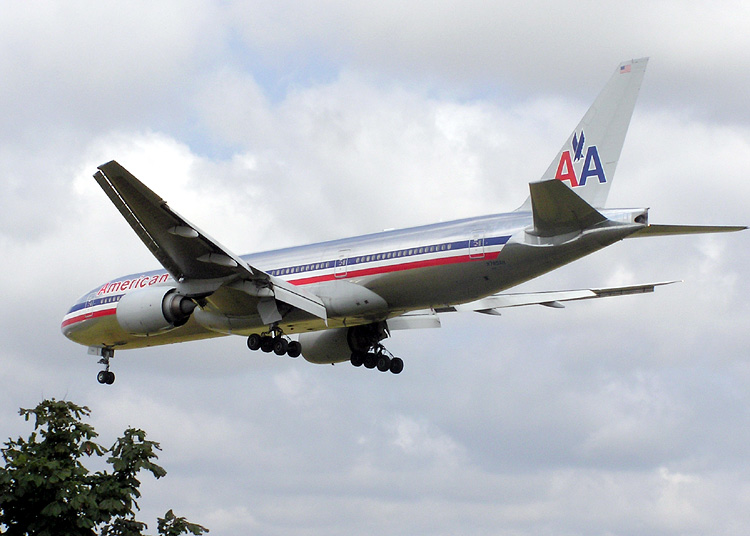Look up the word
desolate and you are given a mental picture of the northwestern reach of South Dakota: barren; treeless; uninhabited; lonely. A few small towns dot the countryside — the town of Lemmon, population 1,227, brags about being the largest town for 90 miles in any direction. These communities cling to the lifelines of highway and railway, and in this late-spring season are both sadly isolated and cheerfully self-sufficient.
In between is desolation: stark, glorious, stunning desolation. Yet every inch of this rolling, hilly ground, cut with streams and lined with narrow dirt roads, is in use. Most of it is ranchland, looking prosperous this year; the rest is public land: national forest and national grassland, given over to recreation and the preservation of the way of life that has held sway in these parts since the aboriginal population was pushed out, killed off, or confined to reservations.
I took a drive through the two large northwestern counties of South Dakota. The photos I took are almost all of things in the towns: oddities, mostly, for there is little else worth taking pictures of. There are no glorious public buildings, no soaring towers or vast cathedrals, no tree-lined avenues stretching away to give a dramatic approach to some extravagant campus. But there is a low-keyed beauty in the towns, showing up in a rock wall, a classical arch, a collapsing abandoned farmhouse.
I've found that broad vistas and stark landscapes don't come out well on my cameras, so I seldom bother recording them any more. I generally have only my memories to rely on, though my new camera has a panorama capability that I find both useful and disappointing. Useful, because it can record the scene from the Hugh Glass Monument, near Shadehill Reservoir, disappointing because even this image doesn't do justice to the beauty of the place. Standing on that bluff, looking out across the land, I realize that I have heard more birdsong in two days in this place than in twenty-two years at home. The place is bursting with small, unseen life.

Along State Highway 20, just to the west of a tiny community called Reva, you cut through a narrow arm of Custer National Forest. Approaching along the arrow-straight road, you see strange-looking landscape from miles away, too far to tell what you're looking at. Only when you get close do you realize these are a low line of chalk-white hills, cut with ravines and capped with dark evergreen forest that cascades down the steep slashes in the hills. You rise up, and are in them, and then they are behind you: a single line of beauty stretched across the green, rolling hills.
Farther north, where South Dakota gives way to North Dakota, the industrial bubble of the oilpatch makes itself felt, but here is just the fringe of it. An occasional donkey well, pumping stolidly away, a few more trucks on the roads than might have been there just a few years ago. There is not, yet, enough of this activity to desecrate the land, and to the hardy people who live on these lonely ranches and in these small communities — Buffalo, Ludlow, Ralph — the coming of the oilpatch represents a chance at real wealth, not the destruction of a cherished way of life. I wish them luck, and think of South Louisiana, and East Texas, southern Wyoming and West Virginia, the places I'm most familiar with that hosted energy booms of one kind or another.
My silly objective, to visit every county in the country, is what brought me out to this corner of the Great American Desert. Having seen these two large counties, on a circuit of four hundred miles, I almost begin to think that my objective has some small worth after all.










